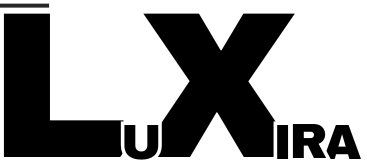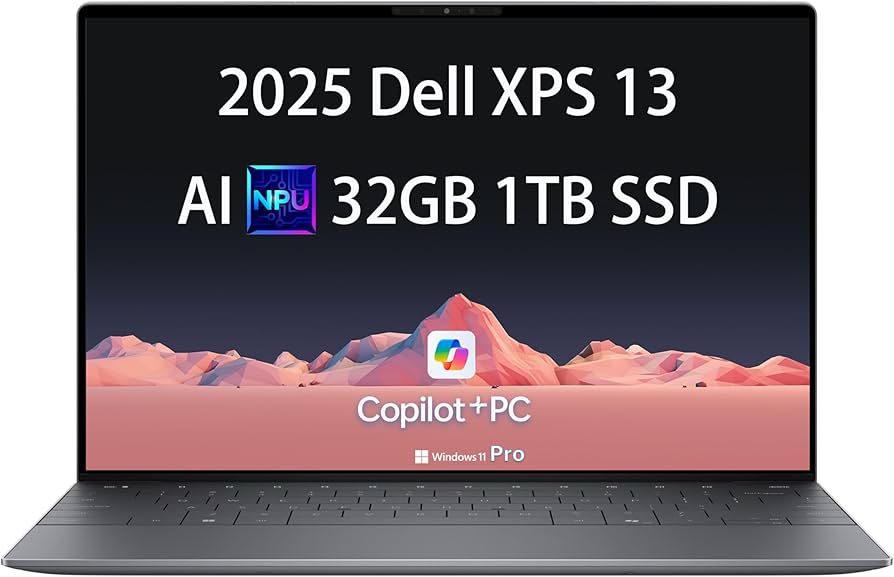How Neural Processing Is Transforming Laptops in 2025
Published on June 2, 2025 | By Tech Innovations Team
In the rapidly evolving landscape of personal computing, a revolutionary shift is underway. The integration of dedicated AI processors in laptops and desktop computers is fundamentally changing how we interact with technology. No longer just marketing hype, AI-powered computing is delivering tangible benefits in performance, efficiency, and capabilities that were science fiction just a few years ago.
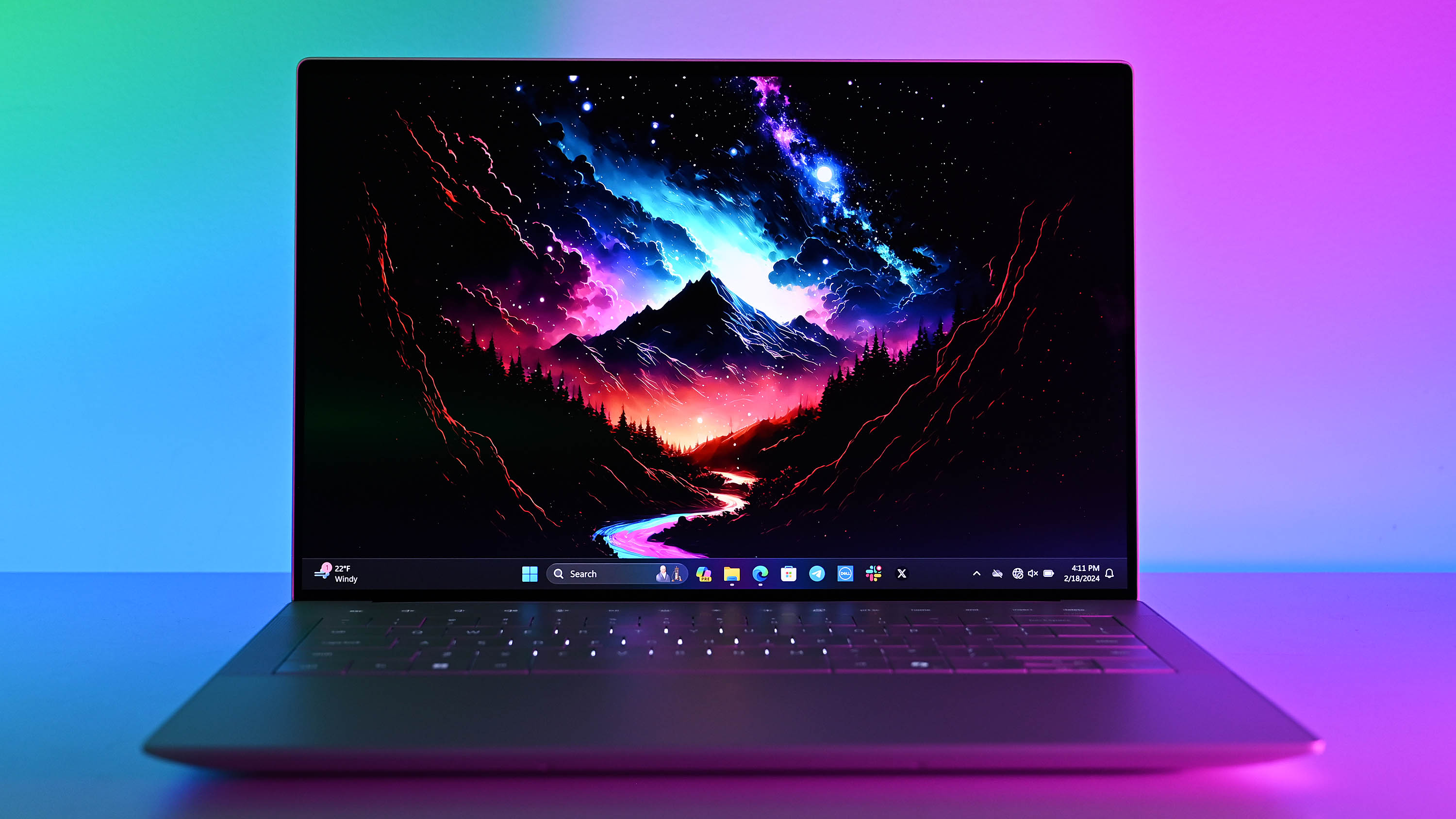
The latest generation of AI-powered laptops feature sleek designs and powerful neural processing capabilities.
As we look at the computing landscape of 2025, it’s clear that artificial intelligence has become the defining feature of premium devices. But what exactly makes a computer “AI-powered,” and how is this technology transforming what our devices can do? Let’s dive into the technology behind the revolution and explore how neural processing is reshaping the computing experience.
Understanding the Brain of AI Computing: Neural Processing Units
At the heart of today’s AI-powered laptops is a specialized component called the Neural Processing Unit (NPU). Unlike traditional CPU and GPU architectures that have dominated computing for decades, NPUs are purpose-built accelerators designed specifically for artificial intelligence workloads.
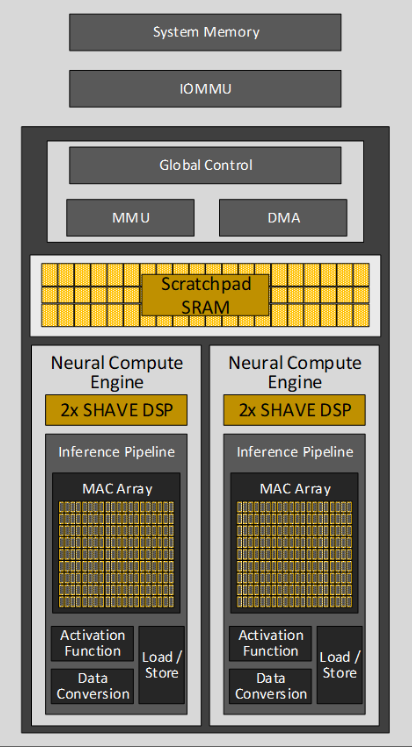
Architectural diagram of a modern Neural Processing Unit (NPU)
What is an NPU?
A Neural Processing Unit (NPU) is a specialized hardware accelerator designed to efficiently execute neural network and machine learning algorithms. Unlike general-purpose processors, NPUs are optimized for the specific mathematical operations that underpin AI workloads, such as matrix multiplication and convolution.
While CPUs excel at sequential processing and GPUs at parallel graphics computations, NPUs are masterfully engineered for the unique computational patterns of artificial intelligence. They process large amounts of data in parallel and perform trillions of operations per second while using significantly less power than would be required to run the same workloads on traditional processors.
Key advantages of NPUs over traditional processors:
- Dramatic power efficiency improvements for AI workloads
- Specialized architecture for neural network operations
- Ability to run complex AI models locally without cloud connectivity
- Reduced latency for AI-assisted tasks
- Enhanced privacy through on-device processing
The integration of powerful NPUs in consumer laptops represents a significant architectural shift in personal computing, similar to the introduction of dedicated GPUs decades ago. This specialized hardware is what enables the new generation of AI-powered features that are rapidly becoming expected in premium devices.
TOPS: Understanding the Measure of AI Performance
As consumers navigate the complex landscape of AI laptops, a new performance metric has entered the conversation: TOPS, or Tera Operations Per Second. This metric has quickly become the standard way to quantify and compare the AI processing capabilities of different devices.
What are TOPS?
TOPS (Tera Operations Per Second) measures how many trillion operations a neural processing unit can perform in one second. It indicates the raw computational power available for AI tasks, similar to how gigahertz measures CPU clock speed or TFLOPS measures graphics performance.
In today’s market, NPU performance typically ranges from around 10 TOPS in entry-level AI laptops to over 45 TOPS in premium models. Microsoft’s Copilot+ PC certification requires a minimum of 40 TOPS of NPU performance to enable its full suite of AI capabilities.
Modern NPUs can process complex AI workloads with remarkable efficiency
“TOPS is a measurement of the potential peak AI inferencing performance based on the architecture and frequency required of the processor, such as the Neural Processing Unit (NPU).” — Qualcomm, 2024
While TOPS provides a useful baseline for comparison, real-world performance depends on numerous factors beyond raw computational capacity, including:
- Software optimization
- Memory bandwidth
- Thermal management
- AI model architecture
- Specific workload characteristics
As the AI PC market matures, we’re seeing manufacturers increasingly using TOPS as a key marketing specification, similar to how processor cores and clock speeds have been emphasized in the past. However, savvy consumers should look beyond the raw numbers to understand how these capabilities translate to real-world benefits.
The Real-World Impact: AI Features Transforming User Experience
The integration of powerful NPUs has enabled a wave of innovative features that are fundamentally changing how we interact with our computers. Microsoft’s Copilot+ PC platform, introduced in 2024 and significantly expanded in 2025, showcases how AI is enhancing productivity, creativity, and accessibility.
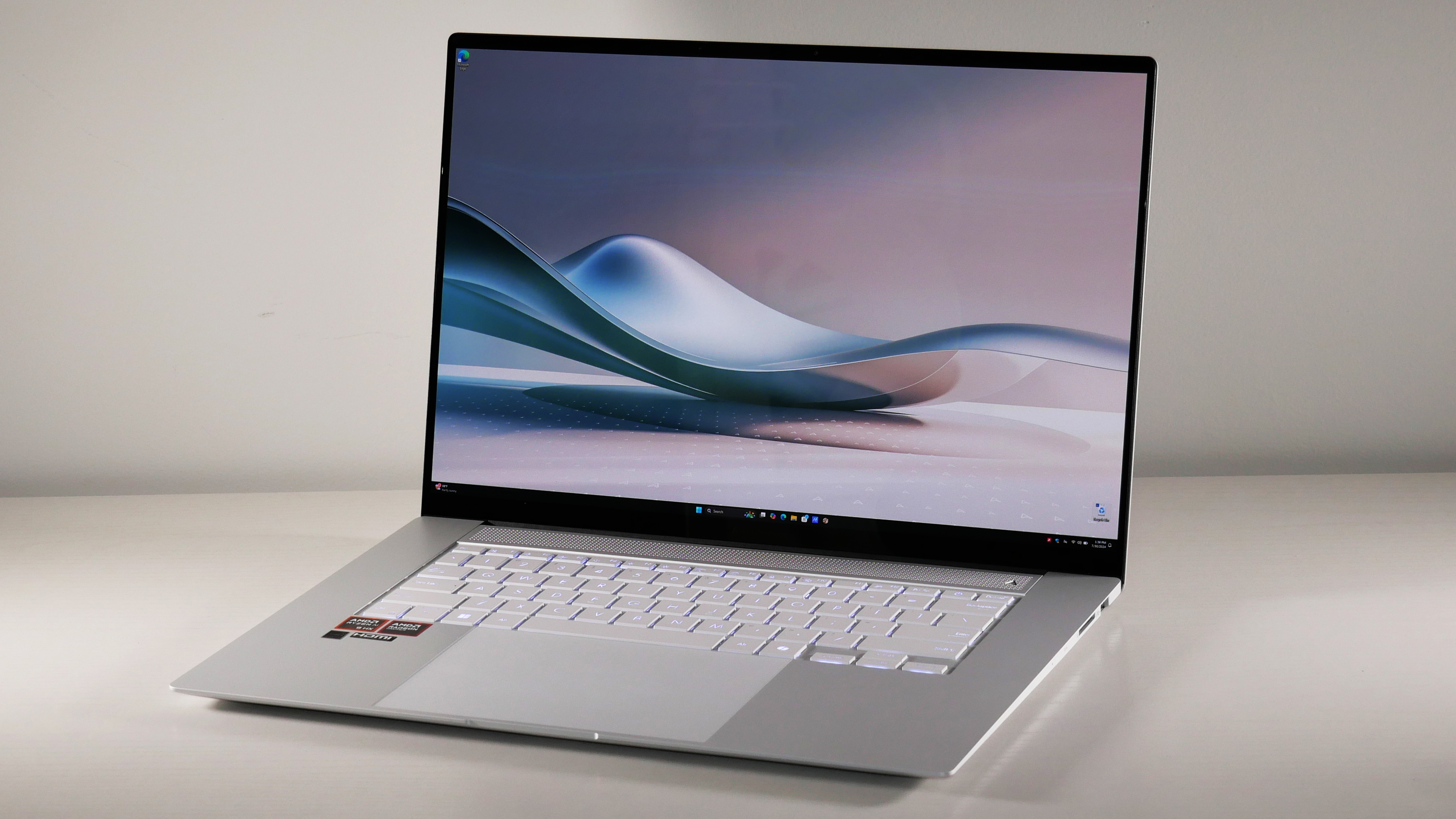
Modern AI laptops feature sleek designs while housing powerful neural processors
Standout AI Features in 2025 Laptops
Windows Recall
This groundbreaking feature indexes and makes searchable virtually everything you’ve seen on your screen. With appropriate privacy controls in place, users can instantly locate information they encountered days or weeks ago, even if they don’t remember where they saw it.
Live Captions with Translation
Real-time transcription and translation of any audio playing through your computer, with support for over 40 languages. The entire process happens locally on your NPU, ensuring privacy and functioning even without internet connectivity.
Cocreator AI Image Generation
Integrated directly into Windows Paint and other applications, this feature allows users to generate and modify images through natural language prompts, leveraging the power of advanced diffusion models running directly on the device’s NPU.
Auto Super Resolution
This technology enhances low-resolution content in real-time, using AI to intelligently upscale videos and images without the pixelation typically associated with traditional scaling methods.
Advanced Windows Studio Effects
Camera features like background blur, automatic framing, and eye contact correction that once required specialized hardware or cloud processing now run efficiently on local NPUs, enhancing video conferencing experiences.
What makes these features particularly impressive is that they run locally on the device, without requiring cloud connectivity. This delivers both performance and privacy advantages that weren’t possible with previous generations of hardware.
Spotlight: The ASUS Zenbook S 16
The Zenbook S 16 showcases the power of AMD’s Ryzen AI 9 series, delivering excellent performance with its 50+ TOPS NPU. Remarkably lightweight for its capabilities, this flagship device demonstrates how the latest generation of AI processors can enable both powerful performance and extended battery life—traditionally opposing attributes in laptop design.
Looking Ahead: The Future of AI Computing to 2030
As impressive as today’s AI laptops are, we’re only at the beginning of this technological transformation. Industry analysts and technology leaders project significant advances in AI computing capabilities over the next five years that will further revolutionize personal computing.
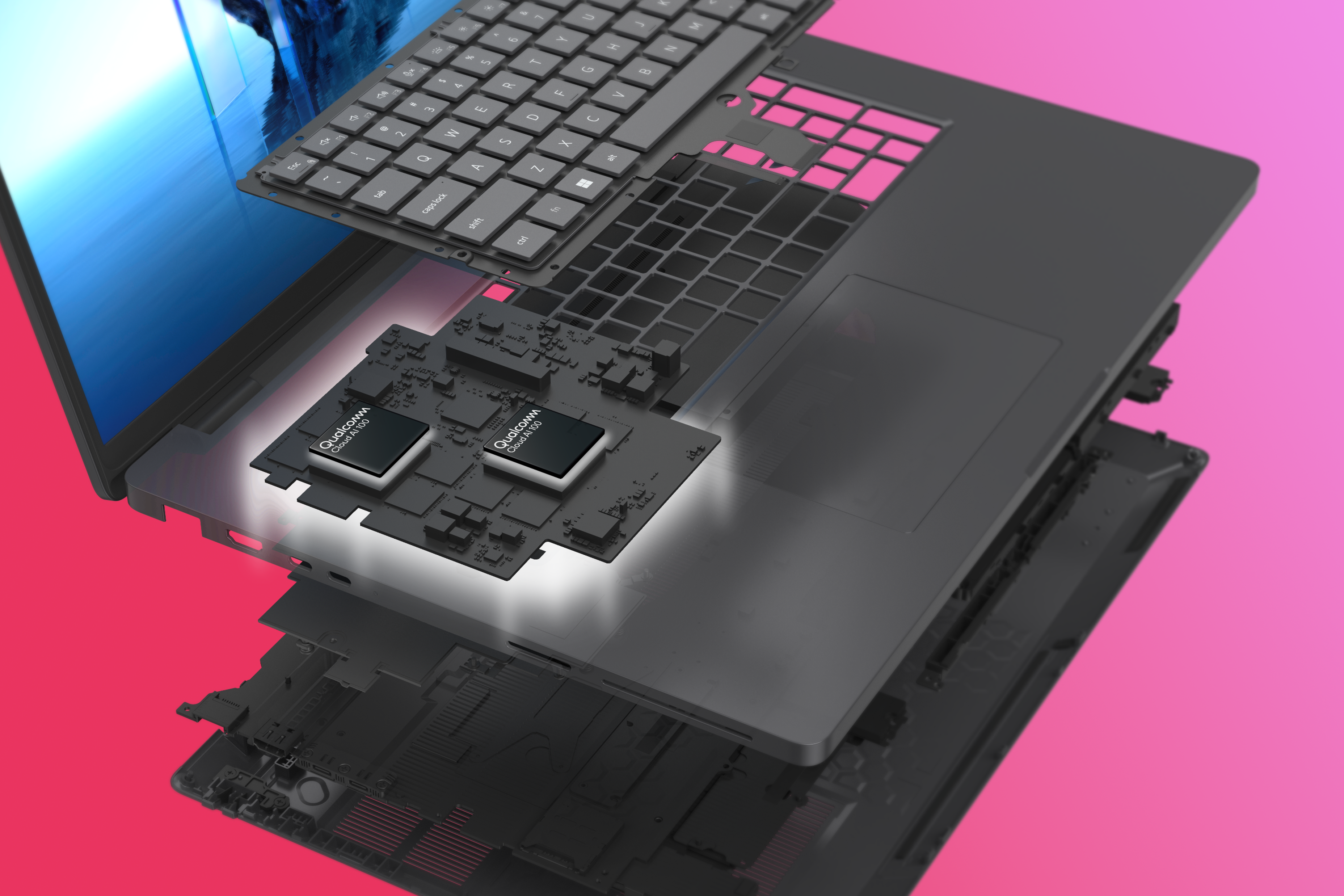
Next-generation NPU hardware will dramatically increase AI processing capabilities
Key Trends Shaping the Future of AI Computing
Multimodal AI Integration
By 2030, AI systems that seamlessly combine text, images, audio, and video processing into unified models will become the dominant paradigm. These systems will understand and generate content across multiple domains simultaneously, enabling more natural human-computer interaction.
Exponential NPU Performance Growth
Today’s 40-50 TOPS NPUs represent just the first generation of dedicated AI accelerators in consumer devices. Industry projections suggest we could see 200+ TOPS in mainstream devices by 2027, and potentially 500+ TOPS by 2030, enabling increasingly sophisticated on-device AI capabilities.
Personalized AI Adaptation
Future AI systems will continuously adapt to individual user preferences, work patterns, and needs through on-device learning, creating truly personalized computing experiences that become more helpful over time.
Ambient Computing Integration
The boundaries between device categories will blur as AI enables seamless experiences across laptops, phones, wearables, and smart home devices, allowing work and information to flow naturally between contexts.
“Looking ahead to 2030, AI will likely affect approximately half the tasks performed by 49% of all workers, fundamentally changing how we work and interact.” — Netguru, 2025
Perhaps most significantly, these advances will democratize access to powerful computing capabilities. As AI features become standard rather than premium differentiators, more users will benefit from intelligent assistance, regardless of technical expertise or specialized knowledge.
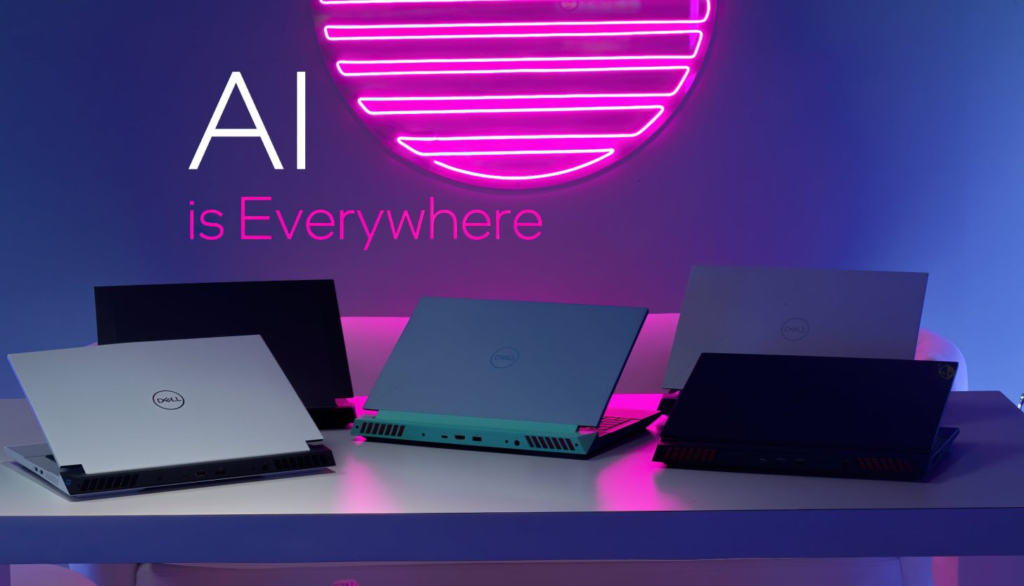
Conclusion: The Intelligence Revolution Is Here
The integration of neural processing units into mainstream computing devices represents more than just another incremental improvement in technology—it signals a fundamental shift in how we interact with our devices and what we can expect them to do for us.
While early AI laptops focused primarily on specialized tasks like image recognition or voice processing, today’s devices with 40+ TOPS NPUs are enabling a comprehensive reimagining of the computing experience. From creative tools to productivity enhancements to accessibility features, AI is touching virtually every aspect of how we use our computers.
For consumers considering their next technology purchase, understanding the role of NPUs and their impact on real-world capabilities has become essential. The presence and power of the neural processing unit is increasingly the defining feature that separates truly next-generation devices from those merely iterating on traditional computing paradigms.
As we look toward 2030 and beyond, the continued evolution of AI hardware and software promises to further accelerate this transformation, creating computing experiences that are more intuitive, personalized, and powerful than anything available today. The age of AI-powered computing isn’t just coming—it’s already here, and it’s reshaping what’s possible with personal technology.
